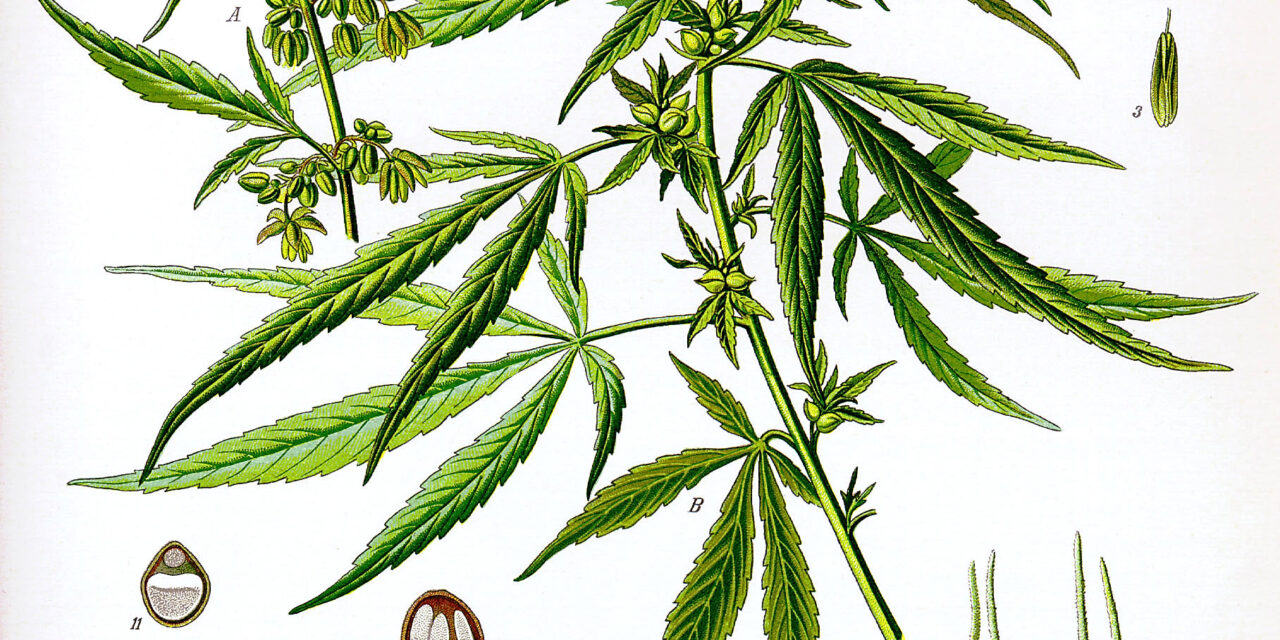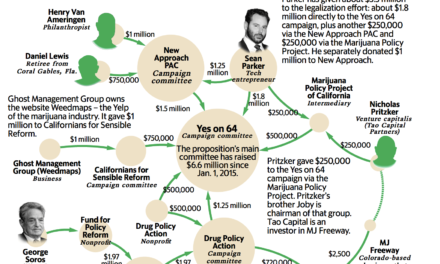By John McPartland
July 19, 2021 Guangpeng Ren and colleagues have just published “Large-scale whole-genome resequencing unravels the domestication history of Cannabis sativa,” in the journal Science Advances. They conclude that Cannabis was domesticated 12,000 years ago in East Asia.
Furthermore, based on a group of accessions (specimens) that they call “basal cannabis,” Ren and colleagues give East Asia as the origin of Cannabis sativa.
It’s a great paper, but has its flaws.
A lot of Cannabis science coming out of China is very Hàn-centric, claiming “East Asia” for everything. They want to own history.
The majority of accessions in their “basal cannabis” group (9 of 16) came from Xinjiang or Qinghai—that’s Central Asia by most definitions, not East Asia.
The authors say there is “evidence of domestication” going back 12,000 years in Taiwan. Well, that date comes from Ernest Abel’s book “Marihuana—the first 12,000 years” (1980) which was entirely speculative pop literature.
The authors add, “historical texts from India from as early as 2000 years BP indicate that the species was only exploited for drug use.” They sensibly don’t cite a reference to support their claim, because there are no historical texts from India describing drug use from 2000 years ago.
They claim only one domestication event in the world—in China. I don’t think so. For starters, the oldest archaeological evidence—and in a food context, not fibre—comes from Japan, not China. There’s lots of archaeological and fossil pollen studies suggesting at least one separate domestication event in southeastern Europe, dating to the Copper age or Bronze age. Vavilov proposed multiple domestication events, and I’m in his camp.
Methodological issues:
They did not include any accessions from Russia or Afghanistan in their study. A huge hole in what they called “exhaustive” sampling.
To support their claim that Cannabis consists of four populations, they used Admixture software. Admixture looks at the collective genetic data from all accessions, and decides how many groups the data best partitions into.
They ran Admixture for K = 2 to 4, and the collective genetic data best fit K =4.
However, you can run Admixture for K = 1 to 10.
If they had done that, they might have discovered that the genetic data best partitioned into, say, 5 groups—uncovering more biodiversity.
Instead, they capped Admixture at K = 4, and lol, it fit their hypothesis of 4 groups.
They used a fixed-rate clock to date their demographic history: a rate of 2.5 x 10-9 mutations per nucleotide per year.
There are other fixed-rate clocks out there, with different mutation rates, which would have given them different time stamps for the Cannabis “domestication event.” They should have run some other clocks and presented a time range.
Furthermore, they conflate concepts: “domestication” ≠ “changes in traits-of-domestication” ≠ “bringing into cultivation”
There’s still work to be done.
John McPartland, DO, MS
Retro Message
The paper by Ren et al was picked up by the media, including the New York Times. Reporter Mike Ives quoted two scientists praising the study (including a member of Ren’s team), and none questioning the methodology or findings. Readers could reasonably conclude that the new findings supersede prevailing analyses of when and where cannabis was first domesticated.
Ives of the Times gets an A’ for effort for his lede: “People feeling the effects of marijuana are prone to what scientists call ‘divergent thinking,’ the process of searching for solutions to a loosely defined question. Here’s one to ponder: Where did the weed come from?”
In my experience people feeling the effects of marijuana are prone to searching for their glasses and/or the remote. —FG





